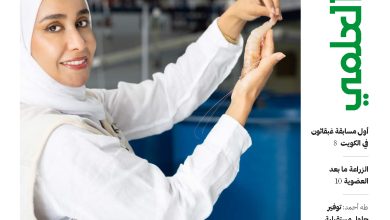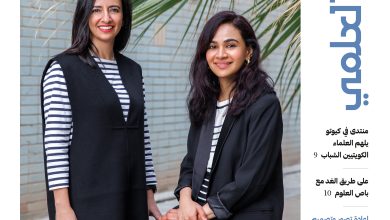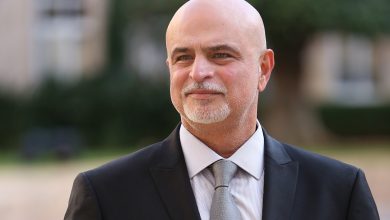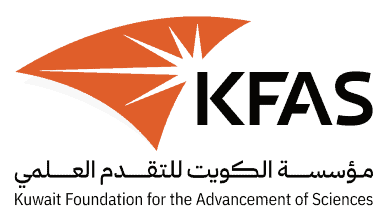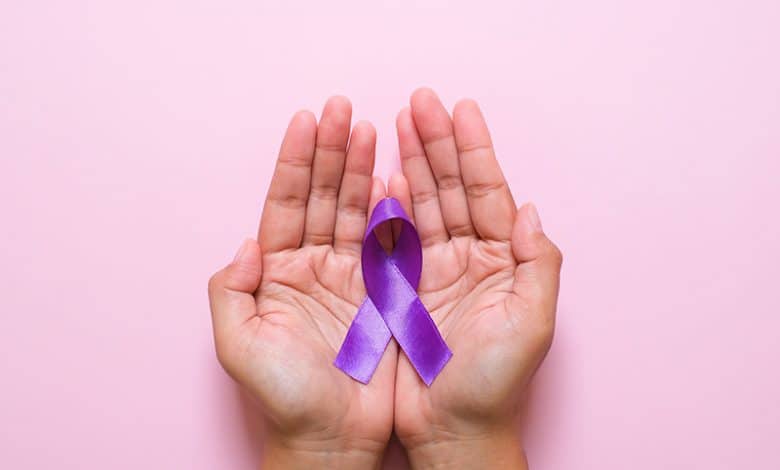
Epilepsy has always been haunting for family and friends around the patient, and confusing them in terms of knowing how to properly behave about it, get rid of its seizures, and give appropriate medications for its patterns. This anxiety is heightened if the patient is a young child who cannot express their suffering, complain about their condition, or know what is happening to them.
Medically, epilepsy is seen as a recurrent seizure of lack or loss of consciousness caused by paroxysmal dysfunction disorders of brain function. These seizures are usually not related to fever or any severe brain damage to the brain. They may be accompanied by general involuntary movements or motor phenomena. According to multiple medical studies, the incidence of seizures is about eight out of every 1,000 children.
The diagnosis of this disease in children depends mainly on a clinical examination of the condition, which is associated with an accurate description of seizures. Which makes us confirm that the EEG has limited value in the diagnostic process.
Clinical Features
have monitored and accurately prescribed the general clinical features of childhood epilepsy seizures, and then sought to prescribe appropriate treatments and medications for each. These features are represented in the following patterns and phases:
Type I: Tonic clonic fits or what is known as general mal epilepsy: This pattern can be identified in three phases:
Tonic phase:
One of its most important features is sudden absence of consciousness, back sprain, stretching of limbs, respiratory arrest, bruxism, bruxism, in addition to biting the tongue in some cases.
Clonic phase: Its most important features include regular intermittent twitches, irregular breathing, excess salivary discharge, and involuntary urination in some cases.
Post-ictal phase: During this stage, a child appears to be mixed-minded, unconscious, and may fall into a deep slumber for several hours.
When performing an electroencephalogram (EEG), a general disturbance in wave activity may be found in Diffuse Cerebral Dysrthythmia. This pattern is usually treated with valproate as a primary option, or carbamazepine as a secondary option.
Absence attacks, or petit mal epilepsy: Very brief episodes of lack of consciousness, each usually lasting between 5 and 20 seconds. It is important in this pattern to know that the patient does not lose consciousness completely, nor does he experience any involuntary movements during the seizure.
The EEG in this mode shows distinct elevations in wave activity at a rate of three rises per second, and this pattern is usually treated with valproate as a primary option, or ethosoxymide as a secondary option.
Type III: Simple Partial Epilepsy: These seizures occur in the form of regular jerks in the face, legs or arms while the patient is fully conscious. Temporary weakness may occur in the affected part of the body that is having a seizure. It may also develop into a generalized tonic clonic convulsions. This pattern is usually treated with clonazepam as the primary option, or valproate as a secondary option.
Type IV: Complex Partial Epilepsy: This pattern usually appears in the form of impaired consciousness with hallucinations and abnormal movements (such as chewing, swallowing, or sucking.... etc). Post-convulsive surgery may be predominantly a degree of memory loss.
An electroencephalography may show an electrical discharge from the temporal lobe. This pattern is usually treated with carbamazepine as a primary option, or phenytoin as a secondary option.
Infantile Spasm: These cramps usually occur during the age group between 3 and 8 months, and are in the form of contractions so that the child appears holding his hand as if bending to greet anyone. This usually lasts a few seconds, but can be repeated consecutively and rapidly, sometimes taking half an hour or more. This pattern is characterized by a decline in the developmental regression of the child.
Many of these cases are associated with childbirth asphyxia or meningitis during the first months after birth.
In this pattern, the EEG usually appears as a passerrhythmia. This pattern is usually treated with clonazepam and/or adrenocorticotropic hormone ACTH.
Therapeutic
measures We have discussed the patterns and phases of seizures and briefly referred to drug therapy. It should be noted that motor activity should be limited in some cases that are not fully controlled.
Appropriate treatment measures for epileptic seizures include the necessary health education procedures for the family, including the nature of the disease and the medications used in treatment, and their impact on some difficulties in learning and academic achievement. Anal diazepam is recommended for the treatment of emergency tonic-clonic seizures.
Faculty members within the school should be informed of the nature of the child's illness, provided with the necessary guidance, and discussed all educational problems that the child may face, including monitoring school performance, absence, inability to adapt to the educational environment, and the need to supervise and follow up on the child during sports activities, especially swimming.
Additional therapeutic measures are available to deal with acute attacks. This includes three things: placing the child in a way that ensures a patent airway should be ensured, using anal diazepam if available and possible, and giving intravenous drugs to control convulsions upon arrival at the hospital.
Regular Follow-up
There must be regular periodicfollow-upof the condition of the child with epilepsy represented in several procedures, the most important of which is to identify the frequency of seizures, identify any side effects of the drugs used if they occur and try to prevent them as much as possible, estimate the level of anti-seizure drugs periodically and regularly, and early identification of any psychological, social and educational problems that the child may face within the family and school.
In terms of prognosis, or prognosis, the outlook for such cases is generally good as 80% of children with seizures recover, but the outlook for these cases is not relatively good in the case of infant convulsions.
Dr. Hatem Moussa
Professor of Pediatrics at Sohag University

